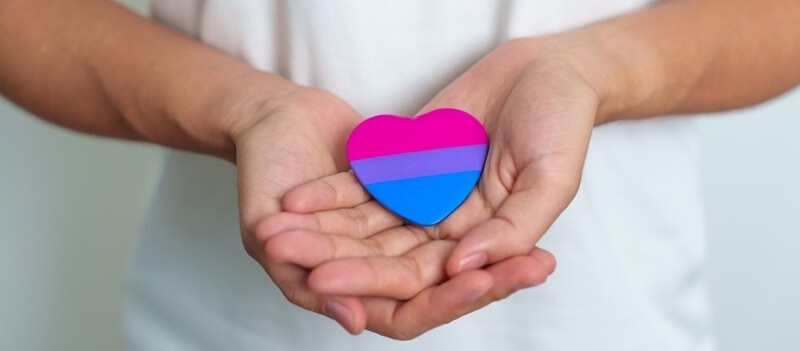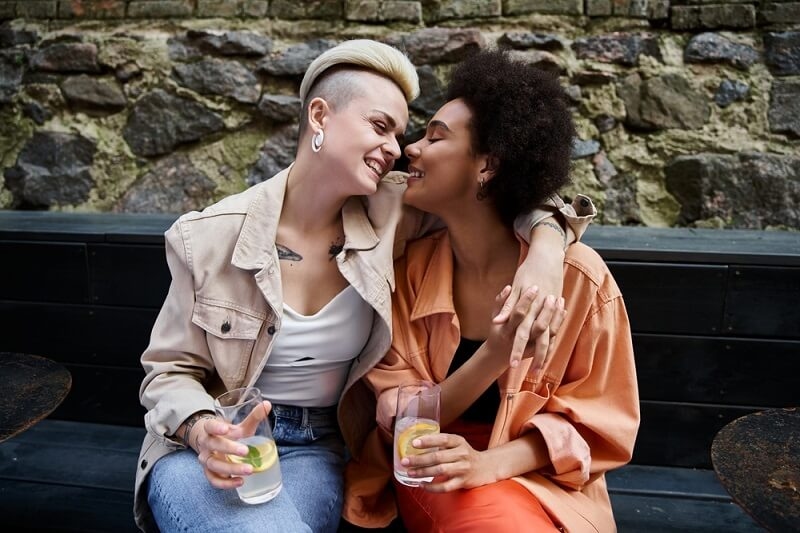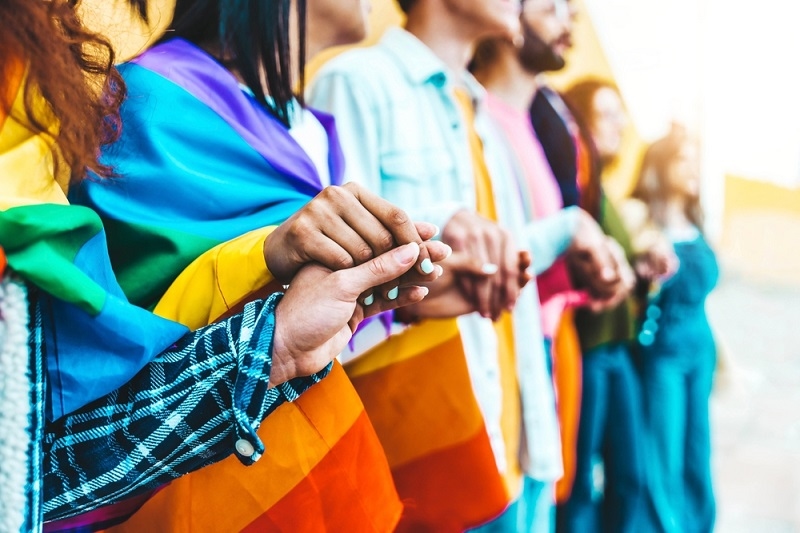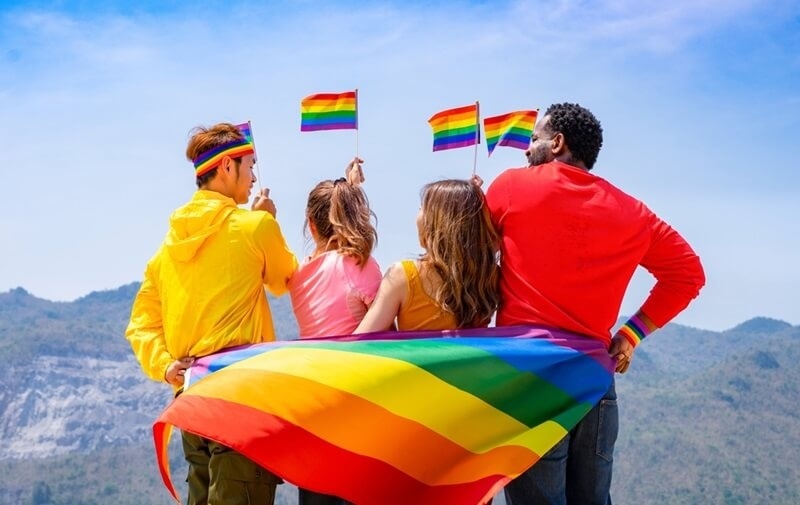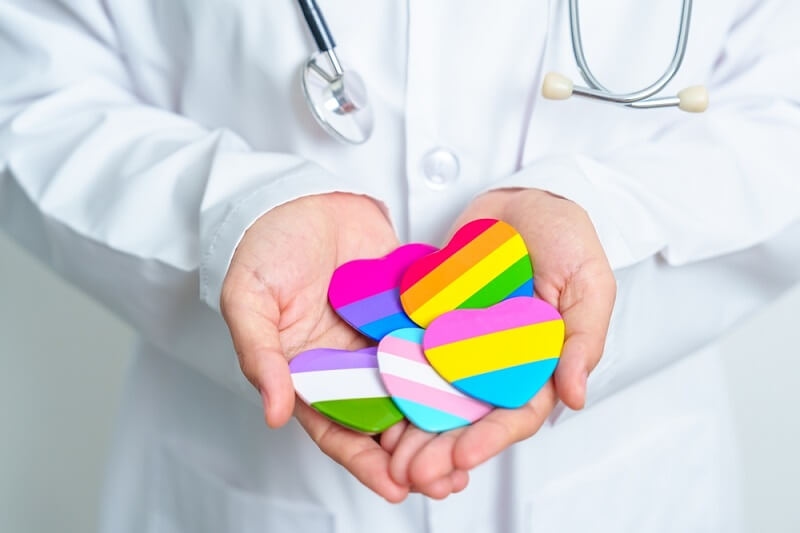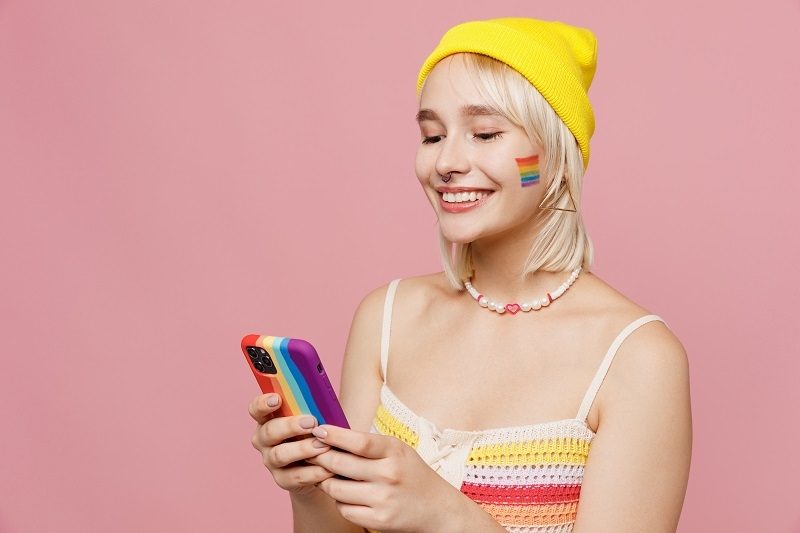Celebrating Diversity: Story of the Disability Pride Flag

Disability Pride Month is celebrated every July, coinciding with the anniversary of the Americans with Disabilities Act (ADA), signed into law on July 26, 1990. This month is dedicated to increasing public awareness and appreciation of the diversity and unique abilities of people with disabilities, promoting the positive pride felt by the disability community.
Connection to the Americans with Disabilities Act (ADA)
The ADA is a landmark civil rights law that prohibits discrimination against individuals with disabilities in all areas of public life. Disability Pride Month is a direct extension of this legislation, emphasizing the importance of inclusion, equality, and full participation in society.
Also, the ADA's influence extends into other civil rights areas, including the LGBTQ+ community, where it plays a significant LGBTQ+ support role by setting precedents for anti-discrimination protections.
The Origin and Evolution of the Disability Pride Flag

Creation by Ann Magill
Ann Magill, a writer and activist with cerebral palsy, was inspired to create the Disability Pride Flag following her experiences at a lackluster 20th-anniversary celebration of the ADA. Motivated further by a tragic attack on a disabled-serving facility in Japan in 2016, Magill sought to create a symbol that would visibly encapsulate the spirit and challenges of the disability community.
Initial Design and Symbolism
Introduced in 2019, the original design of the Disability Pride Flag featured brightly colored zigzagging stripes over a black background. This pattern was chosen to represent the complex journey and obstacles that people with disabilities navigate daily.
The dynamic zigzag pattern symbolizes the non-linear, often unpredictable paths taken by individuals with disabilities as they move through the world. The vibrant, zigzagging design also nods to historical activism, echoing visual elements used in movements like Queer Nation, highlighting the interconnectedness of various social justice struggles.
Redesign for Accessibility
Community Feedback and Redesign Process
While the flags initial design was met with enthusiasm, it also prompted valuable feedback from the disability community. Some members pointed out that the bold colors and zigzag pattern could trigger visual discomfort, particularly for those with visual sensitivities. This constructive criticism led to a thoughtful redesign in 2021.
The new flag maintained the integrity of the original vision but adjusted its aesthetics to be more inclusive. The colors were muted, and the stripes were straightened, reducing visual strain and making the flag accessible to a broader range of individuals within the disability community. This redesign not only improved the flags visual accessibility but also reinforced the importance of community input in creating symbols that genuinely represent diverse experiences.
The Disability Pride Flag continues to be a powerful emblem of pride, solidarity, and resilience. It stands as a testament to the ongoing struggle for recognition and rights, as well as the community's collective effort to address and overcome barriers. Its existence encourages open dialogue about disability, diversity, and the right to equal opportunities in every sphere of life.
Symbolic Elements of the Updated Design
Black Background
The black, or more accurately, faded charcoal background of the Disability Pride Flag is profound in symbolism. It represents the mourning of disabled persons who have been victimized by ableism, or those who have lost their lives to disability-fueled violence, abuse, or negligence. Furthermore, it symbolizes the community's rage and protest against the mistreatment and misunderstanding of people with disabilities.
For instance, the black background serves as a visual reminder of events like the tragic 2016 attack on a disabled-serving facility in Japan, highlighting the critical need for advocacy and protection within the disability community.
Diagonal Band
The light, diagonal band cutting through the dark background is emblematic of breaking through barriers. This design element reflects the creativity and resilience of the disability community as it navigates and overcomes the societal and physical obstacles that often cast shadows over their lives.
For example, the diagonal band can represent the ongoing struggle for accessible public transportation, symbolizing the community's drive to overcome such pervasive barriers and achieve greater societal inclusion.
Color Representation
Each color on the flag holds a specific meaning, forming a visual representation of the spectrum of disabilities:
- Red symbolizes physical disabilities, highlighting the physical challenges and the vitality of those who navigate them.
- Gold represents neurodiversity, including cognitive and intellectual disabilities, celebrating the diverse mental landscapes that enrich the community.
- White connects to invisible disabilities and conditions yet to be diagnosed, acknowledging the often unseen struggles many face.
- Blue denotes psychiatric and emotional disabilities, recognizing the profound depth of internal experiences.
- Green signals sensory disabilities, such as blindness and deafness, marking the unique ways in which many interact with the world around them.
Usage and Impact
Promoting Inclusion and Awareness
The Disability Pride Flag plays a crucial role in fostering visibility and awareness both within the disability community and in society at large. By flying this flag, organizations, cities, and individuals raise the profile of disability pride, contributing to a broader understanding and acceptance of diversity in abilities.
Public Domain and Community Engagement
Ann Magill made a significant decision to waive copyright on the Disability Pride Flag, placing it into the public domain. This act of generosity encourages everyone, disabled or not, to use, display, and promote the flag. Her decision underpins a core belief of the disability movement: inclusivity and accessibility for all.
You may also like: Pride in Every Stripe: Decoding the Lesbian Pride Flag
Conclusion
The Disability Pride Flag is more than just a banner; it is a dynamic symbol of resilience, diversity, and unity. It celebrates the unique aspects of all individuals and advocates for a world where every person, regardless of ability, is recognized, respected, and included.
As we recognize the Disability Pride Flag and its meanings, let us also commit to engaging with and supporting disability pride not only during the designated month but throughout the year. Participate in Disability Pride events, educate others, and embrace the principles of inclusivity and respect in daily life. By doing so, we honor the spirit of the flag and contribute to a more inclusive world.
This content was created by AI








